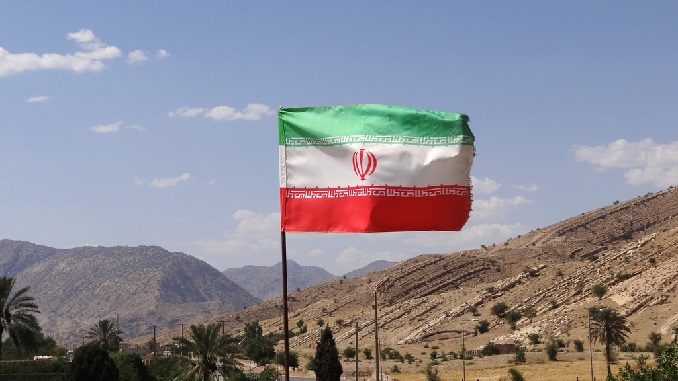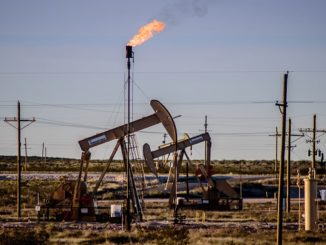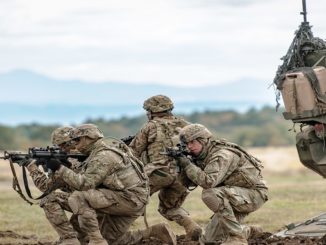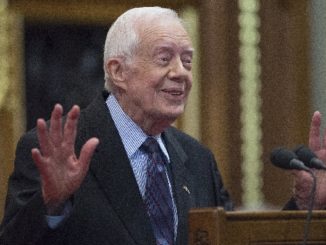
U.S. security services had tracked Iran’s top military commander Qassem Soleimani for years and on multiple occasions considered taking him out, current and former U.S. officials said, but they were always reluctant to act, Reuters reported.
That was until early Friday in Baghdad, when a U.S. air strike killed Soleimani, who headed the overseas arm of the Revolutionary Guards and was regarded as the second most powerful figure in Iran after Supreme Leader Ayatollah Ali Khamenei.
President Donald Trump’s order to carry out the targeted killing emerged from a series of high-level discussions over the past week, including a meeting with key members of his national security team on Sunday while Trump was vacationing at his Mar-a-Lago resort in Florida, the officials said.
The decision to strike – after U.S. officials opted previously to hold fire – stemmed from what senior officials described as compelling intelligence that Soleimani, a 62-year-old general, was planning imminent attacks on U.S. diplomats and armed forces in Iraq, Lebanon, Syria and elsewhere in the Middle East. They offered few details on the possible targets.
It was unclear how Trump and his aides had overcome earlier objections to such an attack on the grounds that it would risk thrusting the United States into another Middle East war that could engulf the region.
The killing of Soleimani – shortly after he arrived from Damascus, according to the White House – capped a week of fast-escalating hostilities between the United States and Iran.
For years, Soleimani had traveled the region, often under the eyes of U.S. military forces and intelligence agencies, seemingly unconcerned about the prospect that he could end up in their sights as he helped build up paramilitary proxies, alarming U.S. allies such as Israel, Saudi Arabia and Egypt.
A former senior administration official said Soleimani had shown “brazen” overconfidence, especially after the killing of an American contractor at a base in northern Iraq attacked by the Iran-backed Kataib Hezbollah militia, which prompted U.S. air strikes that killed 25 fighters.




Be the first to comment